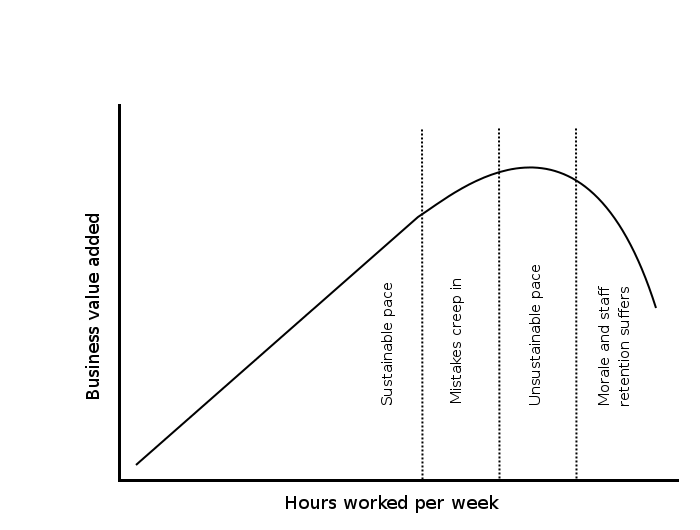Balancing Front-End and Back-End Workload

Sometimes, a team finds themselves with requirements that require a lot of back-end development and a small amount of front-end work. If the team has specialist front-end and back-end developers, then it may be tricky to balance the workload.




